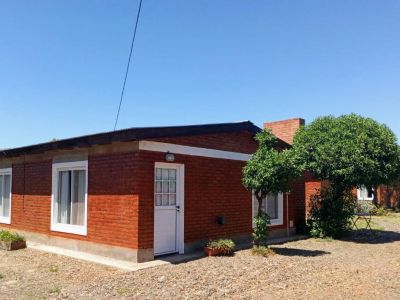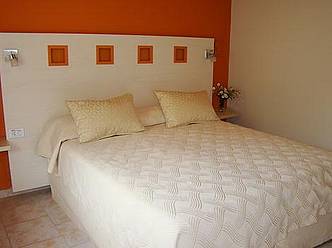Viedma is a modern city where every detail deserves attention. Almost the site for the new capital city of the Argentine Republic in the 1980s, it features vestiges of those times.
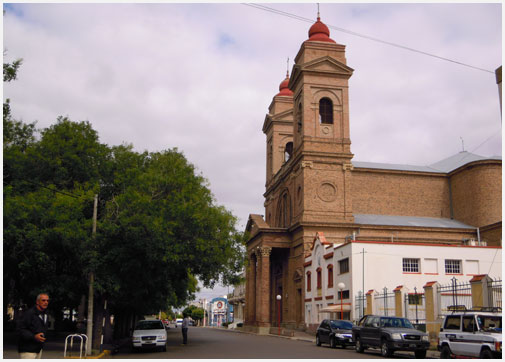
However, shortly after the construction of the fortress, a great flood forced the settlers to move to higher lands which finally were divided into two neighborhoods: “Fuerte del Carmen” to the north and “Mercedes de Patagones” to the south.
Afterwards, Viedma became the name for the second neighborhood in honor to its founder and gave origin to a new city with a lifestyle completely different from the one across the river. Today, Viedma belongs to the Province of Río Negro whereas Carmen de Patagones (formerly known as Fuerte del Carmen) lies inside the Province of Buenos Aires.
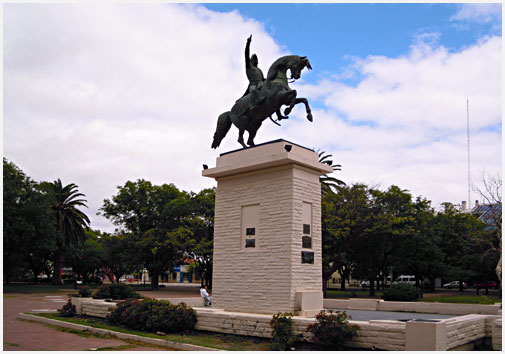
Another attraction in Viedma is the historic block, which was also declared a National Historic Monument, where visitors can appreciate the cathedral “Our Lady of Mercy”, built in 1912, together with the building which was once the seat of the Viedma’s bishopric, former Saint Francis de Sales school, the Museum of Water and Soil and the Salesian Museum.
A few steps away from such spot, Asociación Amigos de lo Nuestro (Association of Friends of Our Culture), whose building was once the first school in the Patagonia, may be found. This building also survived the great flood in 1899.
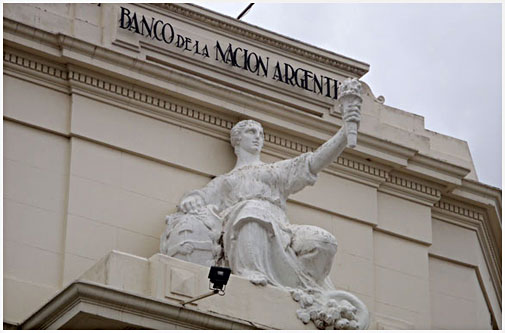
Another eye-catching building is the current Ministry of Economic Affairs, built in 1948 with the purpose of opening a hotel, which now houses the offices of the Ministry of Economic Affairs of Río Negro.
Already on the river, tourists who visit this city for the first time will be captivated by two bridges: the road bridge named Basilio Villarino, inaugurated in 1981, and the railway bridge, whose iron structure came from Hamburg in 1931 and allowed steamships to pass due to its technical conditions.
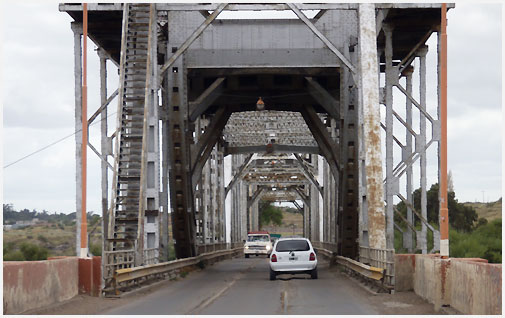
San Martín Square, created after the great flood, the Founder’s Small Square, built on the spot where Francisco de Viedma disembarked, and the Pucará Fountain, homage to Malvinas heroes as well as the planes manufactured in Argentina and used to defend our territory, are some of the outdoor sites this beautiful city offers.
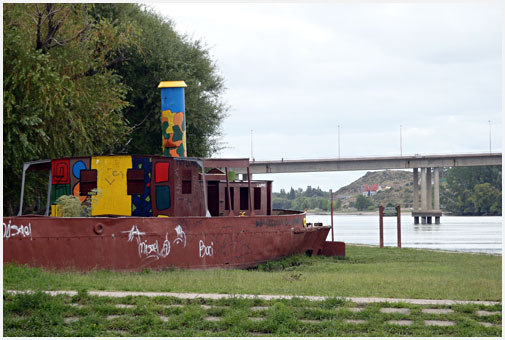
The City of Viedma offers everything for visitors to enjoy. If the idea of moving the capital had been successful, this city would have undoubtedly been the capital of Argentina.








